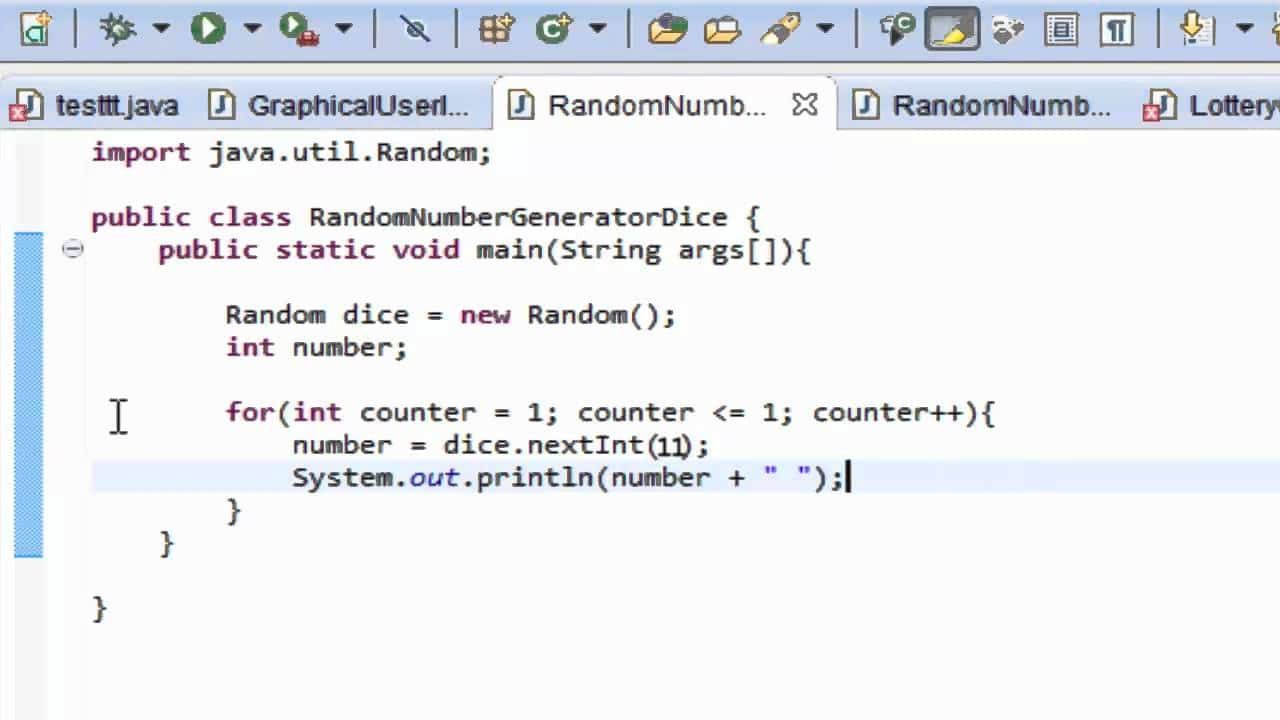Lesson: Leadership Roulette
Lesson: Leadership Roulette
In this Lesson: Leadership Roulette we will explore the secrets and challenges of becoming, being, and succeeding as a leader. Leadership is a SKILL. Like all skills it needs to be practiced and refined.
What is a Leader?
A leader is roughly defined as "one who is in charge or in command of others." That's not very useful though. So let's look at what WE need a leader to be instead.
When we talk about a leader, we are not talking about a "boss" or a "bully". For us a leader is someone who is willing to look at all sides and using help from the followers, is willing to make a choice. The funny thing about leaders is that they are NOTHING without their followers.
The other skill a leader needs is courage to speak up and act on the information they have. They do not make decisions based on their own needs. They think about themselves as a servant and the followers as their family or group.
The best leaders know that making people feel valued and worthwhile is the best skill a leader can have. How do we accomplish that? By remembering that leadership is not a constant, it is a state of mind.
Random Numbers, Leaders, and Followers
What if we made leadership a game? I call this leadership roulette. First we start with a matrix array.
A matrix array is a table structure of numbers that starts with 0 (the floor) and ends with the highest number (the ceiling). A matrix is really useful because it gives everyone - leaders and followers all - a unique number. Then, when we need to choose a leader, we spin a twelve spaced wheel and the number that is picked is the leader.
A Random Number Generator in Java
We can also use scratch code to build what is called a random number generator. This is a small program that takes our array of numbers and cycles through it a random amount of times until it stops on a number. We can build this random number generator in minutes or use a ready made one!
Train The Leader
So now we have a randomly chosen "Leader" we need to train that leader on the basics of leadership. The most important aspects of leadership are, empathy, and wisdom. We have both, but we don't always act on them.
Empathy means feeling the feelings with someone and relating how you think they feel. Image Courtesy Brene Brown
All leaders who are effective leaders lead with EMPATHY first. After all, your goal is to lead AND inspire followers. Letting your followers know you acre about them through words AND actions is critical.
As part of this activity, when a leader is chosen, that leader will have 15 minutes to train in being a leader. This can be as simple as reading a prompt card or spending time with a former leader to learn the ins and outs of being a leader. Leadership is a skill that is as munch mentorship as it is leading.
Do "Followers" have to LIKE and follow leaders?
The simple answer to this is no. If you do not believe someone is a good leader, you absolutely should question them. But there is one caveat: Followers should want to follow a leader.
Questioning leadership JUST because you don't like them is a foolish idea. After all, they are SERVING you as a leader. If you question and depose them, are YOU then willing to lead?
Do you want to build report with the rest of the followers and the former leader? Do you have that skill yet? Have you learned all you could learn as a follower to be a leader?
If the answer is yes to ALL of these questions, by all means, do it. But in this camp we have five days. Is it worth deposing a leader, or is it better to see who leads tomorrow?
Tomorrow will be a new day and the former leader will transfer the title to the next leader. The former leader will also train the new leader what they think the followers want. This is the power of leadership.
Are you ready for it?




